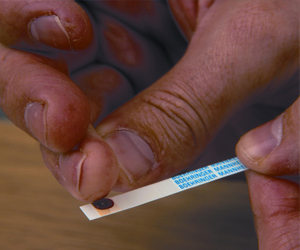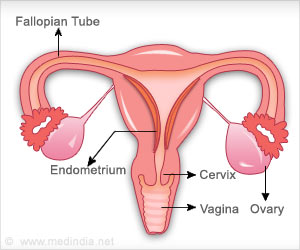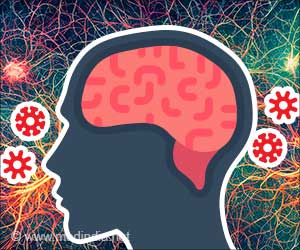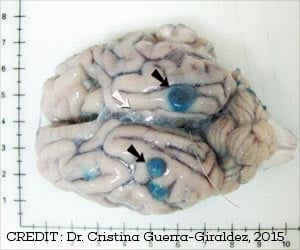Efficient integration of a corrected gene into a patient's genome without mutating off-target sites is a major hurdle in gene therapy.
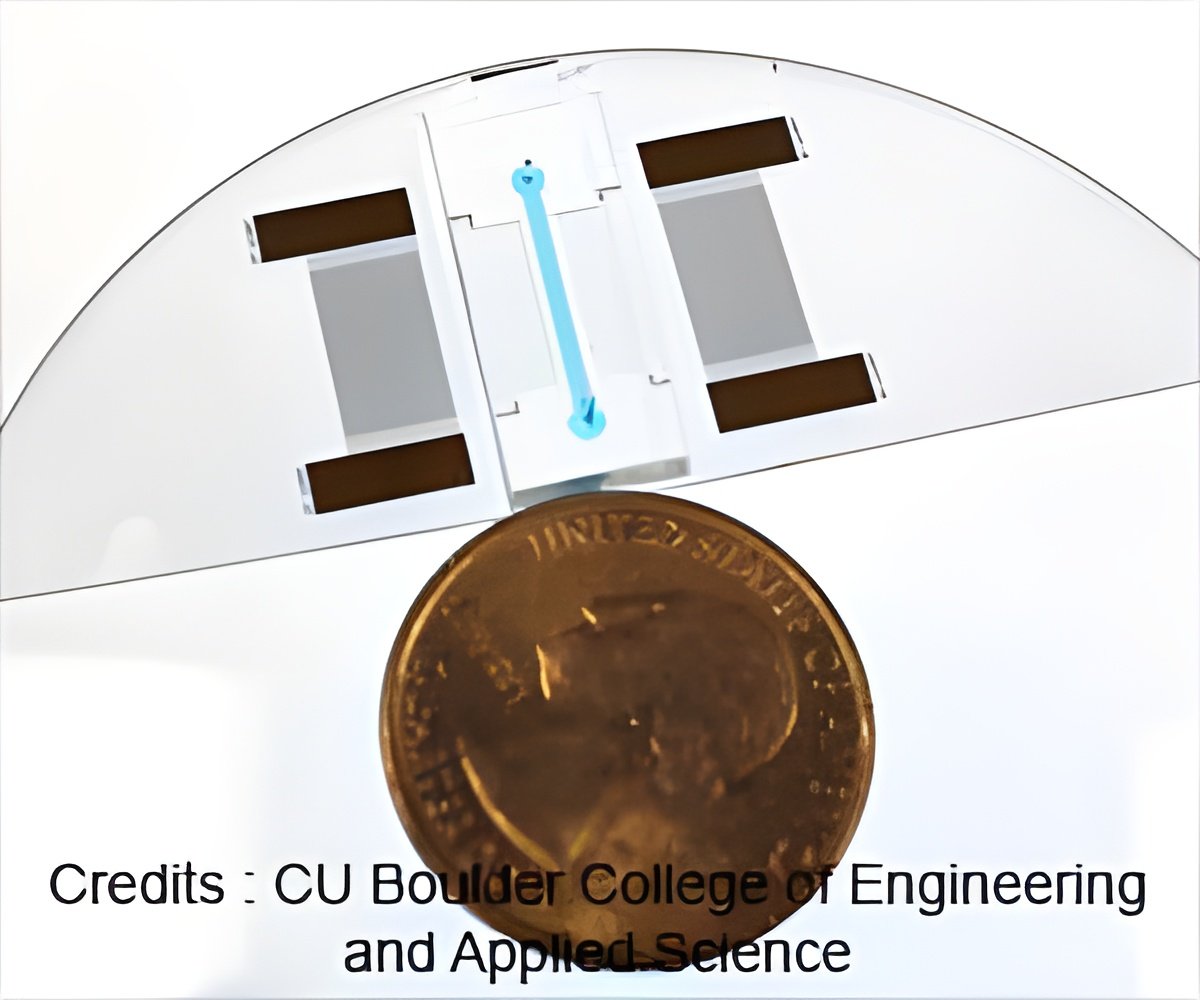
To correct HBB mutations directly in a patient's genome, researchers first generated induced pluripotent stem cells, or iPSCs, from skin cells of patients. The real breakthrough came when they applied CRISPR/Cas9 to precisely engineer a double strand DNA break at the HBB locus in these cells, allowing a donor plasmid with the corrected sites to be efficiently integrated, thus replacing the mutated sites. The donor plasmid also contained selectable markers to identify cells with corrected copies of the gene. These selectable markers were subsequently removed with transposase and a second round of selection, generating a seamless, corrected version of HBB in the patient's genome.
Importantly, the researchers could differentiate the corrected iPSCs into mature blood cells, and these blood cells showed restored expression of hemoglobin. However, much work is needed before these cells could be transplanted back into a patient for treating β-thalassemia. "Although we and others are able to differentiate iPSCs into blood cell progenitors as well as mature blood cells, the transplantation of the progenitors into mouse models to test them has so far proven very difficult," said senior author Yuet Wai Kan from the University of California, San Francisco. "I believe it will take quite a few more years before we can apply it in a clinical setting."
Source-Eurekalert




